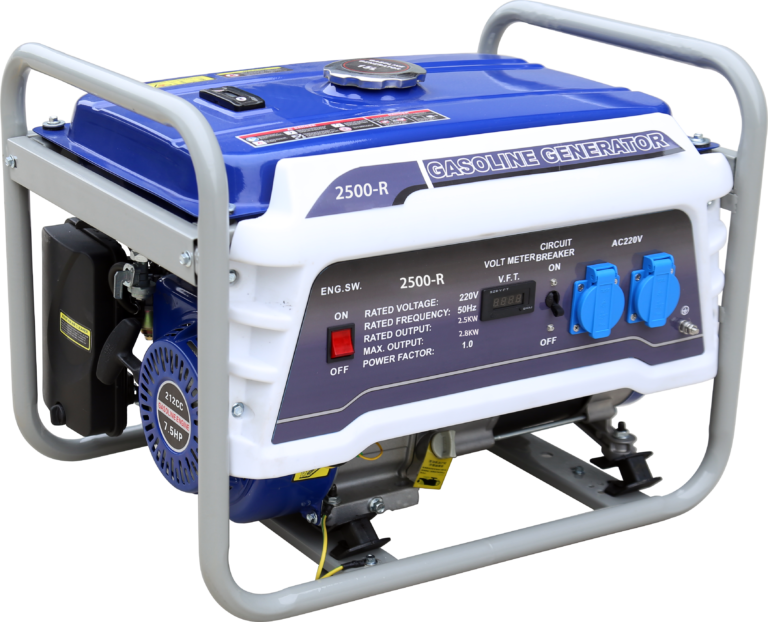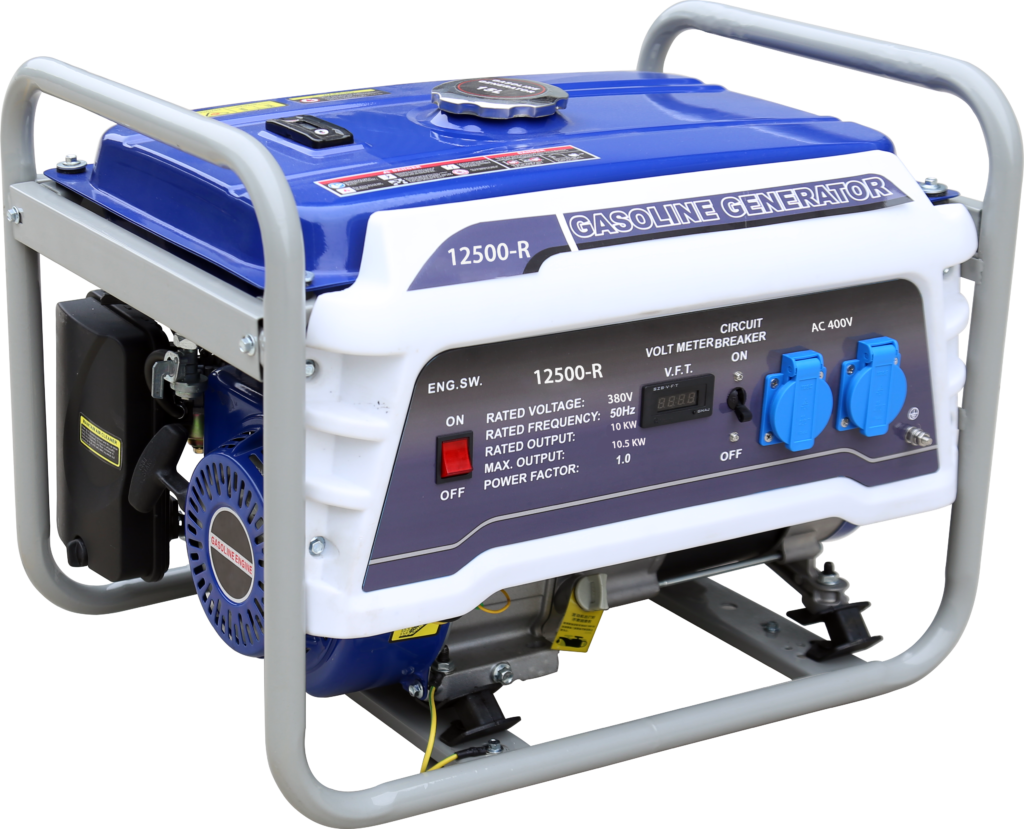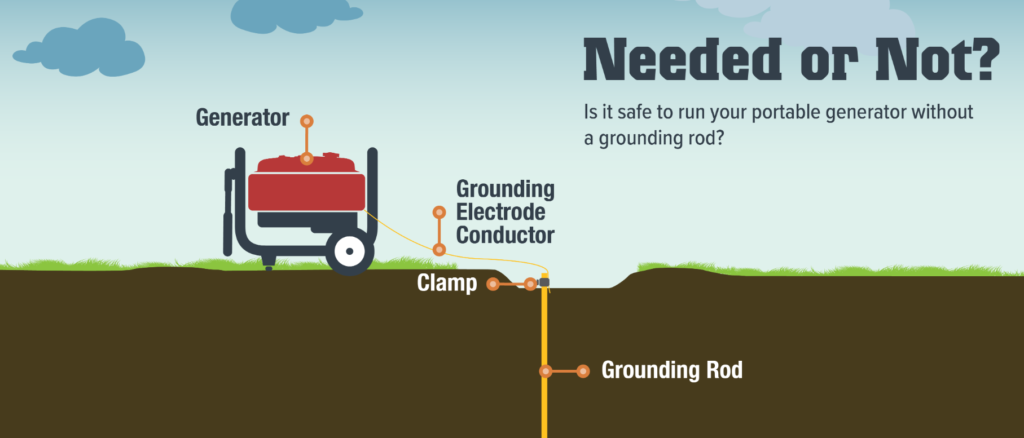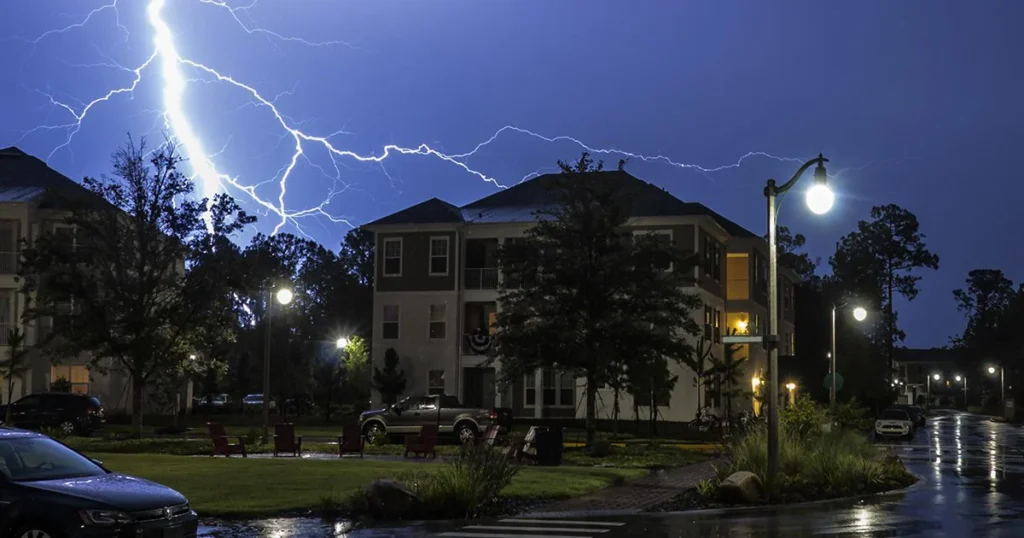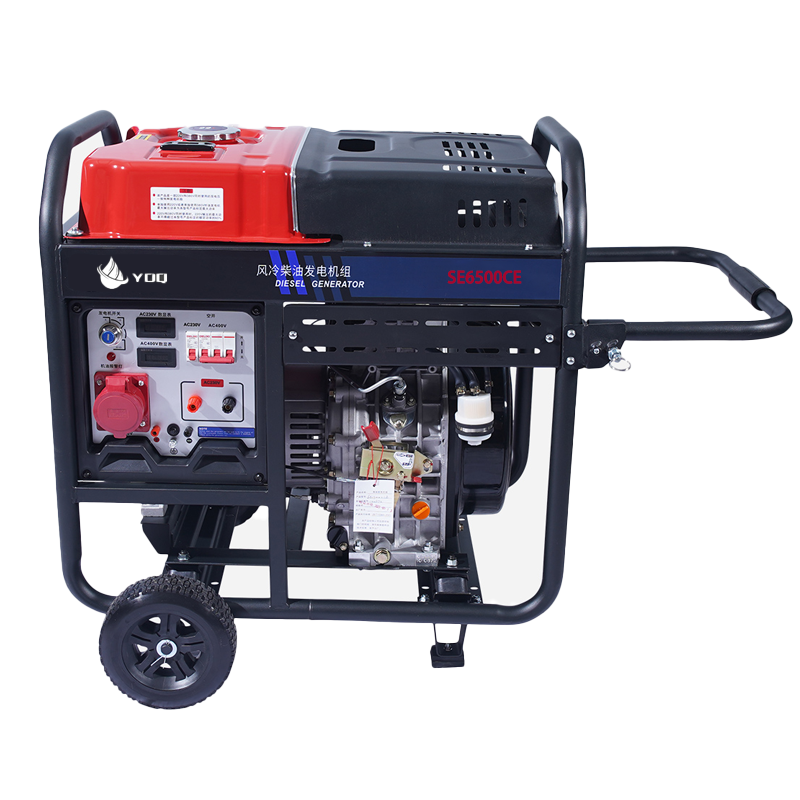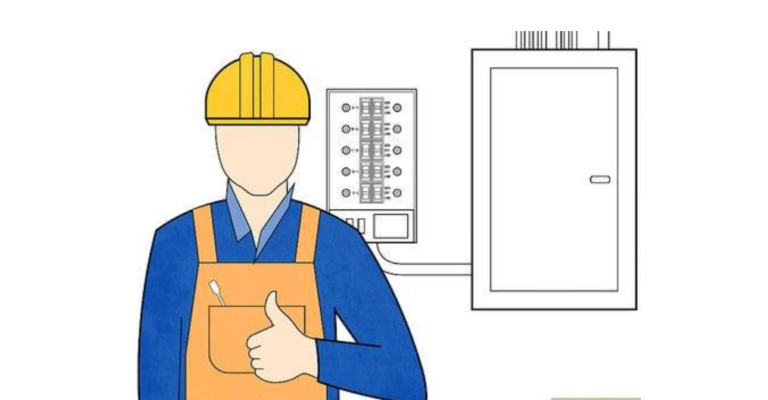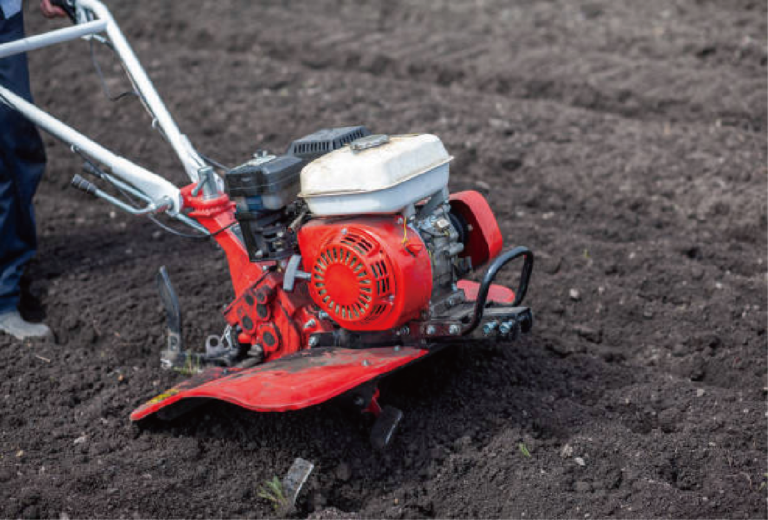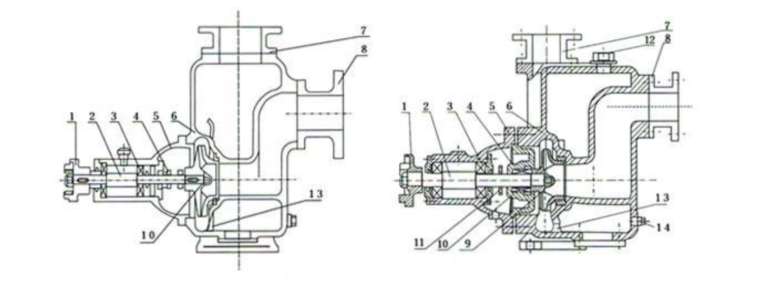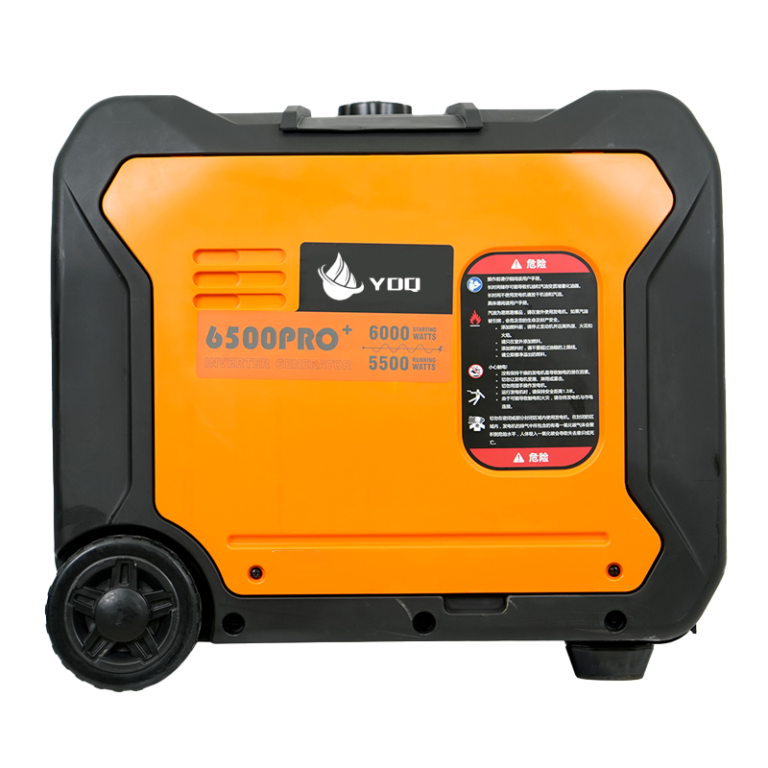Draining your portable generator’s tank is one of the most reliable ways to store your generator and ensure its longevity. Help extend the life of your generator and avoid costly maintenance.
Since old gasoline can cause starting problems in your generator, knowing how to safely drain generator gasoline is an important maintenance step in keeping your generator in top condition.
Do I need to drain the gasoline from my generator?
If you use fuel stabilizer, you won’t have to worry about storing gasoline in your generator during cold weather.
However, draining the gasoline from your generator is the surest way to prevent fuel-related problems during long-term generator storage.
If you’re wondering if it’s necessary to drain the gasoline from your generator, the answer is yes. This is an important aspect of proper generator maintenance that can effectively extend the service life and optimal operating rate of the equipment while minimizing potential repair costs.
Because over time, gasoline left in a generator can deteriorate and form a sticky resin, commonly known as varnish. This substance can cause a range of operating problems, from a clogged carburetor that reduces generator performance, to a serious failure that renders the generator unusable. It can also lead to corrosion of the generator housing and system.
Generally speaking, YDQ power strongly recommends draining the gasoline from your generator if you anticipate that your generator will be idle for an extended period of time (usually 30 days or more).
Next, YDQ power will describe in detail how to drain the gasoline from the generator, taking you through each stage carefully and safely.
How to drain gasoline from a generator?
Next, YDQ Power will take you through the gasoline emission process according to the detailed operation of each step.
1. Turn off the generator: First, make sure the generator is turned off and disconnect all connections. Then let it cool for a while before moving the generator set to a well-ventilated area to ensure safety during the process.
2. Open the gasoline cap: Unscrew the fuel tank cap to promote air circulation in the tank.
3. Locate the fuel tank and fuel line: Make sure you can easily reach the fuel line. If there is a plastic cover blocking it, carefully remove it.
4. Close the fuel valve: Before disconnecting the fuel line, turn the fuel valve to the “off” position.
5. Disconnect the fuel line: Locate the clamp holding the fuel line that is not connected to the tank. Carefully remove the clamp and disconnect the tube from the fuel valve.
6. Prepare container: Place a container next to the generator. Place the disconnected end of the fuel line into the container. Tilt the generator slightly so all the fuel flows to one side and out of the lines.
7. Open the fuel valve: Once most of the fuel is gone, turn the fuel valve back to the “open” position to drain the remaining fuel.
8. Reconnect the fuel line: Carefully reconnect the fuel line, making sure it is secure. If necessary, close the gas tank lid and reinstall any caps or housings.
9. Carburetor location: Consult the generator manual to locate the carburetor. Remove the bolts from the carburetor and drain the remaining fuel into a container. Use pliers to place the bolt back on the carburetor and tighten.
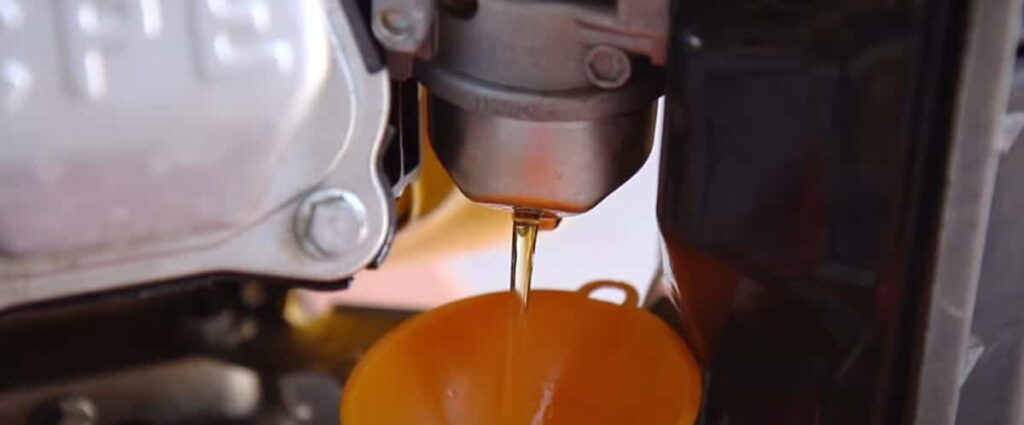
10. Fixing bolt: Use pliers to reinstall the bolt to the carburetor, making sure it is secure.
Draining your generator before storage is one of the safest ways to ensure that your equipment remains trouble-free while in storage. It will prevent fuel-related problems that can prevent your generator from starting, or worse, force you to make expensive maintenance or repairs.
If you’re tech savvy, you can drain the generator using a drain or fuel line. Additionally, you can use an external fuel transfer pump, which is easier than the previous method.
Do I still need to store the gasoline drained from the generator?
If the fuel is still fresh, the drained fuel should be stored for later use. However, if the fuel spoils, be sure not to dispose of it on the ground, in drainage systems, or in any other body of water. Because the liquid is still flammable and toxic. You will need to contact your local authorities and they will direct you to the appropriate dump site.

